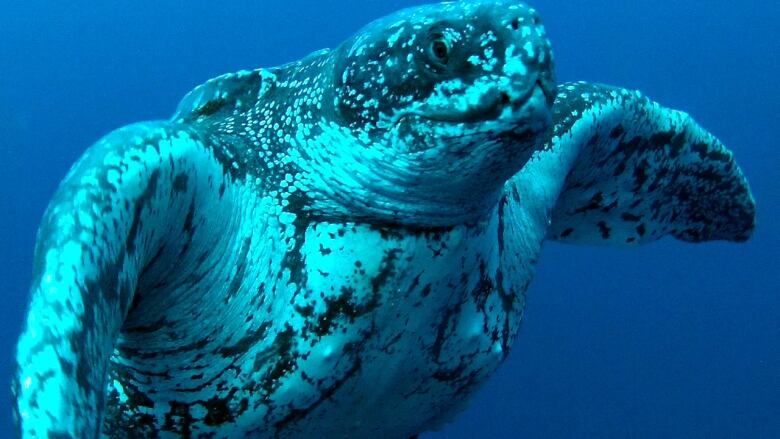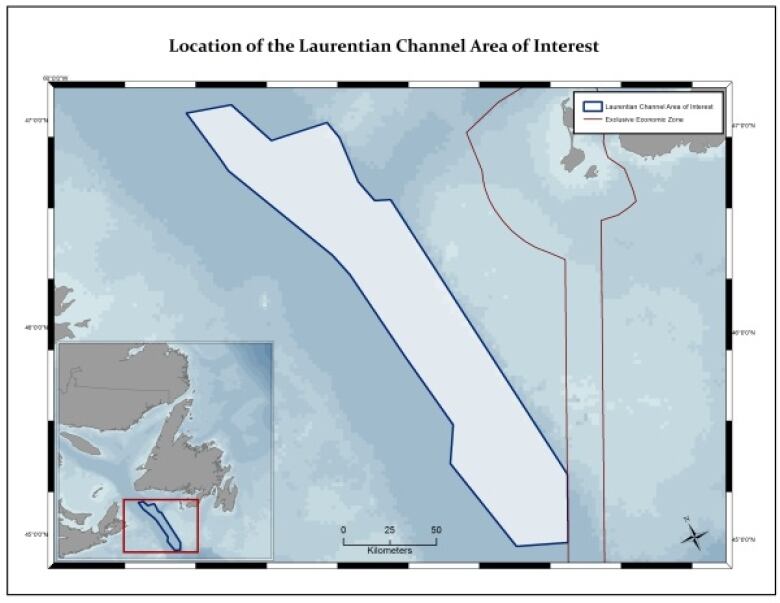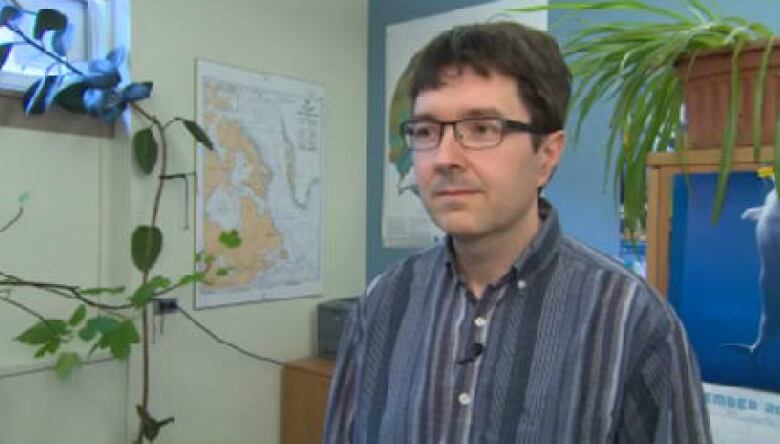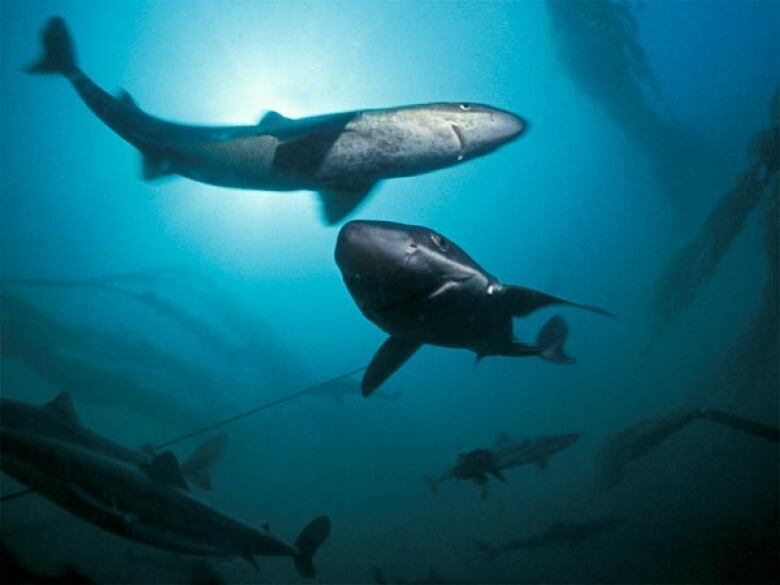Industry has too much sway in marine protected areas, says scientist
'Why are you leaving the door open to the industry?' says professor Rodolphe Devillers

After a decade of deliberation, an ecologically sensitive area in the Laurentian Channel in the Gulf of St. Lawrenceis entering the final stage of marine protected area status approval.
But Rodolphe Devillers, a geography professor at Memorial University who specializes in marine conservation, isskeptical about just how much protection the designation will provide.
At just under 12,000 square kilometres, the Laurentian Channel marine protected area will be the largest in Canada, and the third protected area in Newfoundland and Labrador. It falls between Cape Breton and Newfoundland's southern shore, along the edge of the3PS fishing zone.

Six species are protected under its conservation goals, including the endangered leatherback sea turtle and the Northern wolfish.
"There are a number of good things about this marine protected area," saidDevillers. He and his team have been monitoring the impact of changes made to to the area to appease industry stakeholders.
"It is going to be large, and the fact that it looks at biodiversity in general is very good."

The region will also be closed for fishing another good thing, said Devillers.
"But there are a number of things that are less good about it."
Area is open to oil and gas activity
Except for a small area marked off to protect sea pens, the Laurentian Channel marine protected area will be open to oil and gas activity and shipping.
He's a Pennatulacea from the Laurentian Channel but you can call him "Sea Pen" http://t.co/OKcpDAOWV6 pic.twitter.com/30c5CuhT5l
—@DFO_NLDevillers said there is very little extraction interest in the area from the oil and gas industry.
"But this is something that concerns us. If there is not even any reserve, why are you leaving the door open to the industry?"
Devillers said this sets a bad precedent, especially as the federal government is working to establish more MPAs as it pushes to reach its goal of protecting 10 per cent of Canada's oceans by 2020.
Currently, just one per cent of Canadian waters are protected.
- Protection of marine areas to be based on science, Hunter Tootoo says
- Policies on marine protection areas woefully inadequate: CPAWS report
- Nova Scotia cautions Trudeau government over marine protection goal
Smaller area, fewerspecies protected
The Laurentian Channel marine protected area will be smaller than the area originally proposed.According to Devillers, the boundaries were reduced to skirt important fishing grounds.
Some species flagged for protection are significantly impacted by the smaller boundaries, he said, and he and his team found 43 per cent of the black dogfish population in the original area of interest falls outside of the MPA'sboundaries.

"We take the scientific advice and we apply it to the conservation objectives, but with an overall goal of sustainable use of the area," said Jeff MacDonald, director general of Oceans and Fisheries policy at Fisheries and Oceans Canada.
"In other words, we are protecting for biodiversity, but still allowing activities to take place that do not compromise the objective."
Industry has too much sway
But Devillers said the industry has far too much influence on the establishment of these areas.
"Industry is not only consulted, they have direct access to high levels of our political system and have a strong influence on decisions that are made," he said.
"Canada is trying to look for low hanging-fruit, trying to find large areas that have very little potential for conflict."
Fisheries and Oceans Canada is expected to announce a final call for public input on the Laurentian Channel marine protected area in June.












_(720p).jpg)


 OFFICIAL HD MUSIC VIDEO.jpg)
.jpg)



























































































